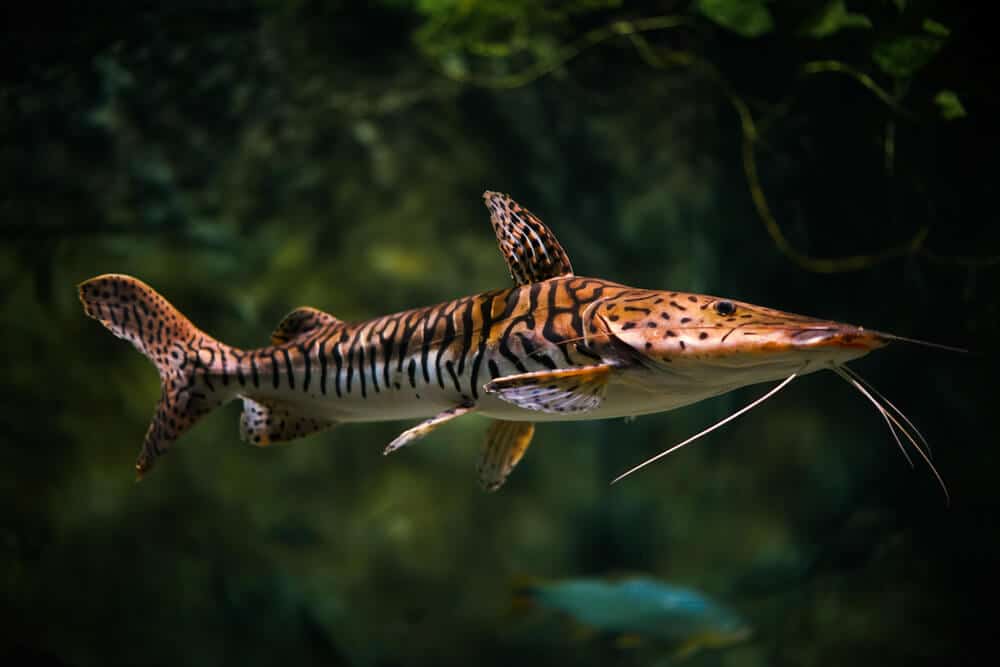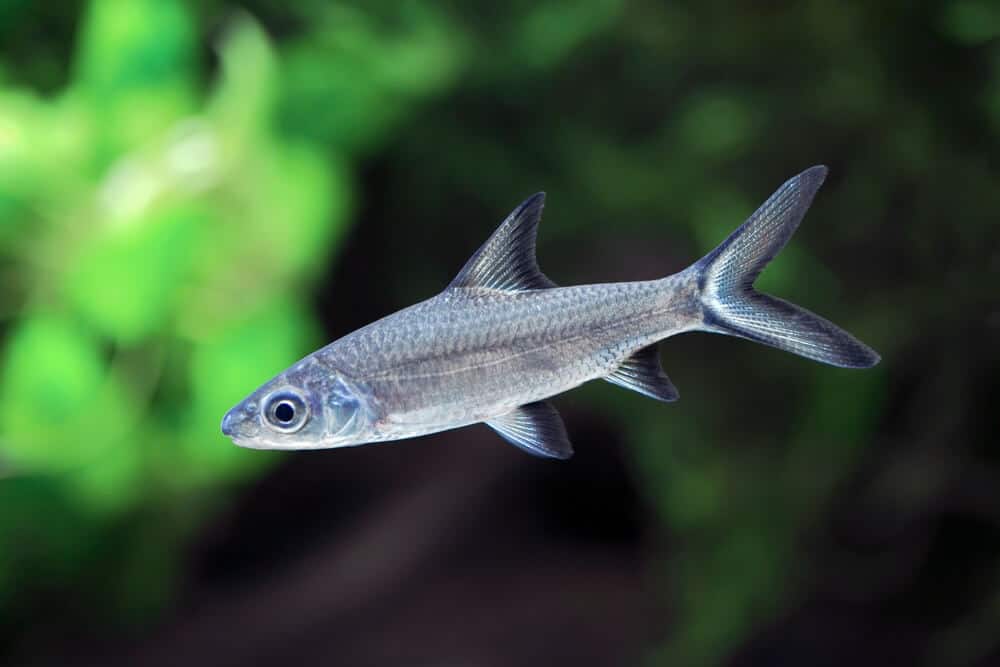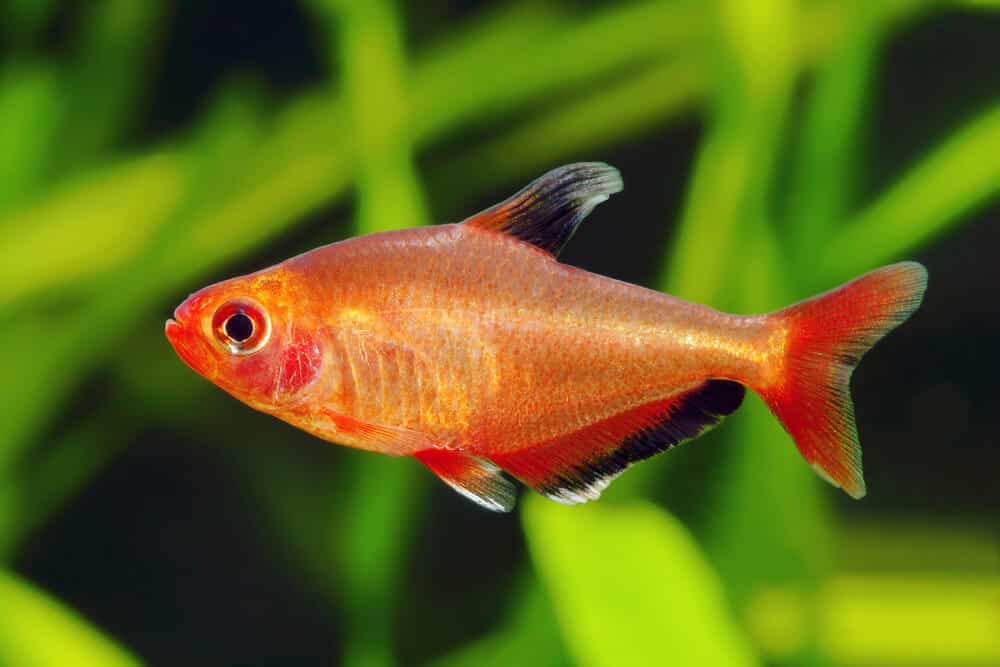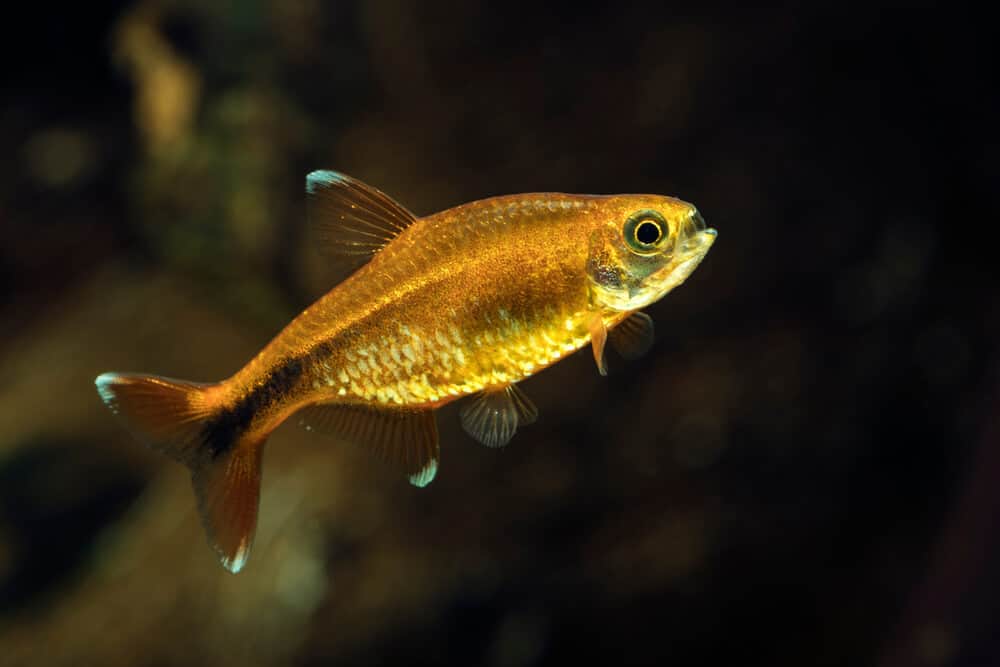How Often Should I Perform Water Changes For My Dwarf Gourami Tank?
In the article “How Often Should I Perform Water Changes For My Dwarf Gourami Tank?”, we will explore the important aspect of maintaining a healthy environment for your Dwarf Gourami. Taking care of these vibrant and captivating fish requires regular water changes, but how often should you do this? We will provide you with expert advice and guidelines to ensure the optimal well-being of your Dwarf Gourami and maintain a beautiful and thriving tank.
Factors to Consider
When determining how often to perform water changes for your Dwarf Gourami tank, there are several factors that you need to take into consideration. These factors include the size of the tank, the number of fish you have, the type of filtration system you are using, the amount of plants in the tank, and the water parameters such as nitrate levels, ammonia levels, pH levels, and water hardness.
Size of the Tank
The size of your tank plays a crucial role in determining how often you should perform water changes. Smaller tanks tend to accumulate waste more quickly and have a smaller water volume, so they may require more frequent water changes. On the other hand, larger tanks have a larger water volume which can dilute waste and toxins more effectively, allowing for less frequent water changes.
For smaller tanks, such as those under 10 gallons, it is generally recommended to perform water changes every two weeks to ensure optimal water quality. Medium-sized tanks, ranging from 10 to 30 gallons, typically require water changes once a month. Larger tanks, 30 gallons and above, can often go up to six weeks between water changes if they have good filtration and are well-planted.
Number of Fish
The number of fish in your tank also affects how often you should perform water changes. A tank with fewer fish will naturally have a lower waste production, requiring less frequent water changes. Conversely, a crowded tank with a high fish population will have a higher waste production, necessitating more frequent water changes to maintain water quality.
If you have a small number of fish in your Dwarf Gourami tank, you can follow the recommended water change frequency for the tank size mentioned earlier. On the other hand, if your tank is crowded with a large number of fish, you may need to perform water changes more frequently, regardless of the tank size.
Filtration System
The quality of the filtration system in your tank is crucial in maintaining water quality and reducing the need for frequent water changes. A high-quality filtration system can effectively remove debris, excess nutrients, and toxins from the water, reducing the waste accumulation and maintaining optimal water conditions for your Dwarf Gourami.
If you have a reliable and efficient filtration system, you can extend the time between water changes. However, if your filtration system is of low quality or inadequate for your tank size and fish population, you may need to perform water changes more frequently to compensate for its limitations.
Amount of Plants
Having live plants in your Dwarf Gourami tank can significantly affect water quality and the need for water changes. Plants actively absorb nutrients and carbon dioxide from the water while releasing oxygen, helping to maintain a stable and healthy aquatic environment.
If you have a well-planted tank with a good number of live plants, they can assist in naturally filtering the water by absorbing excess nutrients and reducing the build-up of waste. Consequently, this reduces the frequency of water changes required. However, if your tank is sparsely planted or doesn’t have any live plants at all, you may need to perform more frequent water changes to maintain optimal water quality.
Water Parameters
Monitoring and maintaining appropriate water parameters is vital for the health and well-being of your Dwarf Gourami. The levels of nitrate, ammonia, pH, and water hardness can directly impact the quality of the water and the overall health of your fish.
High levels of nitrate and ammonia are harmful to your fish and can lead to stress, illness, and even death. Regular water changes help dilute and remove these harmful substances, ensuring a healthier tank environment for your Dwarf Gourami. Additionally, monitoring the pH levels and water hardness is crucial, as certain species of fish, including Dwarf Gourami, have specific requirements for these parameters to thrive.
Water Change Frequency Recommendations
Based on the factors mentioned above, here are some general water change frequency recommendations for Dwarf Gourami tanks:
- For small tanks under 10 gallons, especially if they are crowded with a high fish population, it is best to perform water changes every two weeks to maintain optimal water quality.
- Medium-sized tanks ranging from 10 to 30 gallons with a moderate fish population can typically go up to a month between water changes if they have a reliable filtration system.
- Large tanks above 30 gallons, with good filtration and a well-planted setup, can often go up to six weeks between water changes, provided that water parameters remain stable.
- It is important to note that water change frequency may vary depending on the specific requirements of your tank and the needs of your Dwarf Gourami.
Developing a Routine
Establishing a regular maintenance routine for your Dwarf Gourami tank is essential for ensuring the health and well-being of your fish. Here are some key steps to include in your routine:
- Testing Water Parameters Regularly: Regularly test the levels of nitrate, ammonia, pH, and water hardness using appropriate test kits. This will help you monitor the water quality and make any necessary adjustments.
- Monitoring Fish Behavior: Observe your Dwarf Gourami for any signs of stress, illness, or abnormal behavior. Changes in swimming patterns, appetite, or coloration can indicate that the water quality is not optimal.
- Observing Plant Health: If you have live plants in your tank, keep an eye on their overall health and growth. Healthy plants can contribute to maintaining water quality, so any signs of wilting, yellowing, or poor growth may indicate a need for a water change.
- Creating a Schedule: Based on the size of your tank, the number of fish, the quality of your filtration system, and other factors, create a schedule for water changes that suits the specific needs of your Dwarf Gourami tank. Stick to this schedule to ensure consistent and optimal water quality.
Considerations for Dwarf Gourami
When it comes to Dwarf Gourami, there are a few additional considerations to keep in mind regarding water changes:
- Sensitive to Water Conditions: Dwarf Gourami are particularly sensitive to water quality, especially high nitrate levels. Regular water changes are essential to keep nitrate levels in check and create a healthier environment for your fish.
- Prone to Diseases: Poor water quality can weaken the immune system of Dwarf Gourami, making them more susceptible to diseases such as ich or fin rot. Performing regular water changes reduces the risk of these diseases and promotes the overall well-being of your fish.
- Special Attention to Nitrate Levels: As mentioned earlier, Dwarf Gourami are especially sensitive to high nitrate levels. It is crucial to monitor and maintain low nitrate levels through regular water changes, adequate filtration, and proper feeding practices.
By considering these factors and following the recommendations for water change frequency, you can ensure a clean and healthy environment for your Dwarf Gourami. Regular maintenance and attention to water quality will contribute to the well-being and longevity of your fish, allowing them to flourish in their tank.







